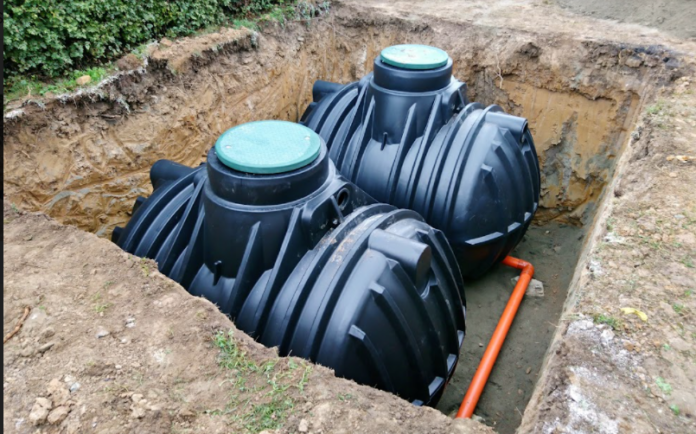Collecting rainwater has become an increasingly popular way to conserve water and save money, especially for businesses. Small to large companies can take advantage of the rainwater harvesting system for purposes that include toilet flushing, landscape irrigation, and process water production for industries.
However, you can only reap the various benefits of rainwater collection by selecting the right storage. It might be an overwhelming task, but it doesn’t have to be. This article will provide a comprehensive guide on choosing a rainwater tank for your business.
- Consider The Size Of The Tank
Size is one of the most crucial factors to consider when choosing a rainwater tank. Such aspects include the catchment area, business water usage, and available space. When you say catchment area, it’s the total roof size that drains into your gutters and downpipes. So, the larger the catchment basin, the more rainwater you can collect.
There are many companies that provide a wide range of sizes. You may visit sites like watertankfactory.com.au to explore your options. Generally, the most common size ranges from 1,000L to 10,000L. You can also find larger storage tanks that can go up to 100,000L. Thus, it’d be best to determine the size that suits your business needs. Of course, you want your tank to fit in its intended space, too, without being an eyesore.
Moreover, you may also think about the future expansion of your business when estimating the size of the tank. This way, you won’t have to invest in a new one anytime soon.
- Determine The Material Type
The material type you choose will determine the durability and longevity of the rainwater tank. Many storage materials are available today, including polyethylene, concrete, steel, and fiberglass. Here’s a quick look at the benefits of each material type.
- Polyethylene
Polyethylene is the most common type of material used for rainwater tanks. It’s highly durable and can withstand harsh weather conditions. Also, this material is UV-stabilised to protect the tank from sunlight damage.
Polyethylene is also lightweight and easy to transport and install. This material comes in various colours that can seamlessly blend in with the surroundings.
- Concrete
Concrete is a heavy-duty material that can last for decades. You can install this type of rainwater tank either above or below the ground. Concrete rainwater storage has thermal properties that can help regulate the water temperature. Above all, this material doesn’t require much maintenance.
- Steel
A steel rainwater tank offers excellent durability and strength. It can withstand high winds and is ideal for locations that experience severe weather conditions. This material is also fire-resistant, making it a safe option for businesses. It also has greater resistance to cavitation, corrosion, and abrasion. Steel tanks are available in a powder-coated finish that can protect the tank from rust and other elements.
- Fiberglass
Fiberglass is a durable material ideal for both above and below ground storage. It’s a non-corrosive material resistant to chemical, UV, and saltwater damage. This material is safe, reliable, fire retardant, and, more importantly, easy to clean. The anti-aging properties of fiberglass make it an excellent material for long-term use.
- Evaluate Prices
As you want to get the most value for your money, it’s essential to compare the prices of different rainwater tanks. This is especially true when you’re just starting a business with a limited budget and want to save on costs.
You might want to explore all your options to find the most affordable yet reasonable one. Hence, it’s best not to equate the price with quality as there are many factors to consider. The size, type of material, and features are some of the things that affect the overall cost.
You can find many tanks at a competitive price. But, keep in mind that the lowest-priced option may not be the best one for your business. Likewise, the most expensive tank doesn’t guarantee top-notch quality. Thus, it’s crucial to find a balance between the two to get the most out of your investment.
- Remember The Warranty
Warranty is one of the most critical factors to consider when choosing a rainwater tank. This document serves as a security measure if something goes wrong with the product. Most manufacturers offer different kinds of warranty, and it’s better to choose one that can cover all the aspects of the tank.
Some companies may only provide a limited warranty for the material used. On the other hand, others may give a full guarantee covering installation, delivery, and other services. These aspects show how committed the manufacturer is to its product.
On top of that, you may also inquire about the after-sales service. This will come in handy when you need assistance maintaining the rainwater tank. After all, you want a company that you can trust and rely on even after the sale.
Conclusion
Choosing the right rainwater tank is no easy feat. But, with the proper knowledge and guidance, you can narrow down your options and find the best one for your business. Consider all the factors mentioned above to ensure that you’re making the right decision.





























